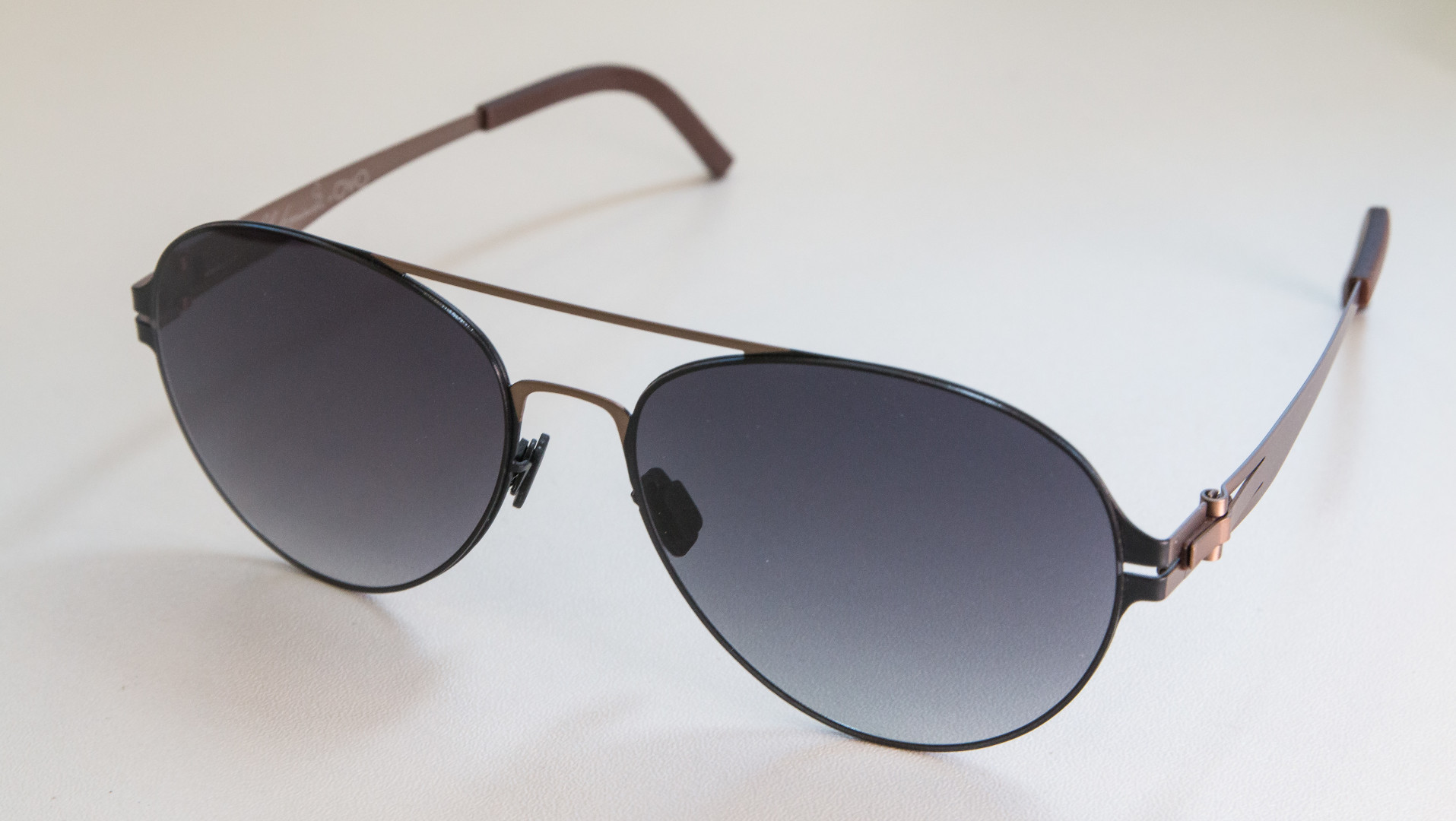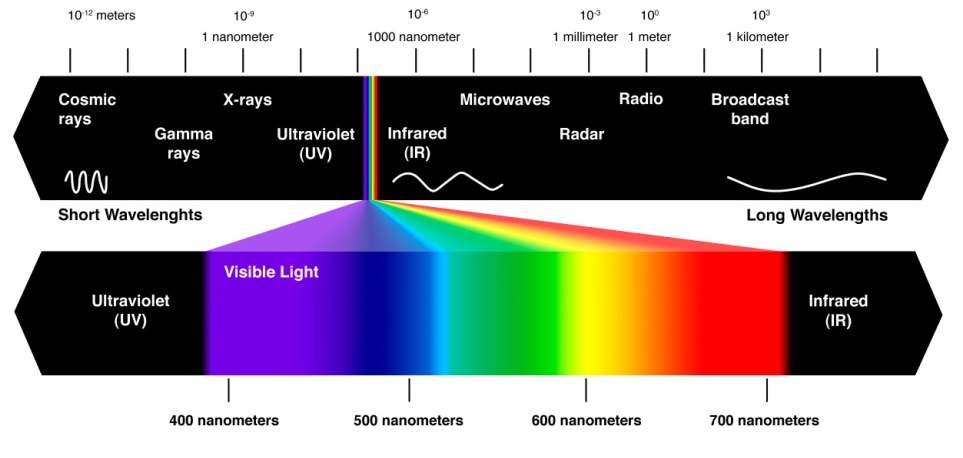SUN GLASSES

SunGlasses: the guardian of out eyes
The eye is one of the most sensitive complex organs of the human body. Vision is the result of complex processes, which, however, are not conscious, resulting in the belief that vision is a “given”. As the eye comes in contact with the environment it is affected by various environmental factors like ultra-violet radiation.
The visible part of the spectrum varies between 390 nm and 760nm (wave length in nanometers). In lower wavelengths we have the ultraviolet band and in higher wavelengths (Pic. 1)
High power visible light have a blinding effecr which is annoying and, more importantly, dangerous. Specifically Ultra Violet radiation, in both visible and invisible spectrum, are particularly harmful to eyesight. Under normal conditions nature provides protection for the eye. In modern times though the amount of radiation that enters the atmosphere without being filtered by the ever shrinking Ozone layer is increasing. Additionally the artificial surfaces in cities (asphalt, cement, glass, metal) reflect light amplyfing the intensity of radiation.
There is therefore a pressing need to protect the eyes with absorbent sunglasses. Most pair of glasses protect from a restricted range of Ultraviolet radiation. However it is impossible to estimate the absorbing ability based on the dark or black colour of the lenses because the coating that absorbs radiation is colourless. Very dark glasses that that are not

Pic.1
Visible part of the electromagnetic spectrum. In the picture we can see the ultraviolet radiation range UV (<390nm) and the infrared radiation range IR (>760nm).
absorbent reduce brightness forcing the pupil to dilate, resulting to more UV radiation to enter the eye.
For the eye to be adequately protected it is necessary that the sunglasses chosen must absorb at least 95% of the UV radiation up to 400nm (wavelength). The best guarantee for the quality of the sunglasses is to buy them from chartered opticians in registered establishments. Absorbent sunglasses are not necessarily expensive or branded but they must follow European Standard EN 1836:2005. The best guarantee still is the use of registered establishments. The last few years a new category of sunglass lenses has become available, called Blue blockers as they block the blue light. These are recommended for sufferers of macula diseases or for those requiring very high clarity from their sunglasses. Their construction is based on research that suggest that visible blue light contributes tot he appearance and worsening of the degeneration of the mucula. These lenses filter blue light reslulting in better protection, increased contrast and dissapearance of glare. Our establishment has agreements with US and UK companies that make exclusively such lenses. which can be attached in frames you already owe or sold with the frame

Pic.2
Difference in vision betwen a polarizing lens (right) and a simple lens (left).
Another type of sunglasses are the polarizing ones. These glasses, apart from absorbing UV radiation they also neutralize the reflections from horizontal surfaces (street asphalt, sea surfaces, car metal surfaces). Polarizing glasses offer excellent vision and comfort in conditions of intense sunlight.
It must be noted that there are two kinds of polarizing lenses. The onew made of film, of about 1 mm thickness, and those made of CR-39, Polycarbonate, Trivex or NXT, of about 2,2 mm thickness. From those two the first -the film type- are the cheapest but because they are thin they lose their shape easily and create distortions. In addition they do not follow the European safety directives for material strength. The lenses belonging to the second category offer perfect vision and safery for your eyes. So there is a difference in quality which reflects in price.
